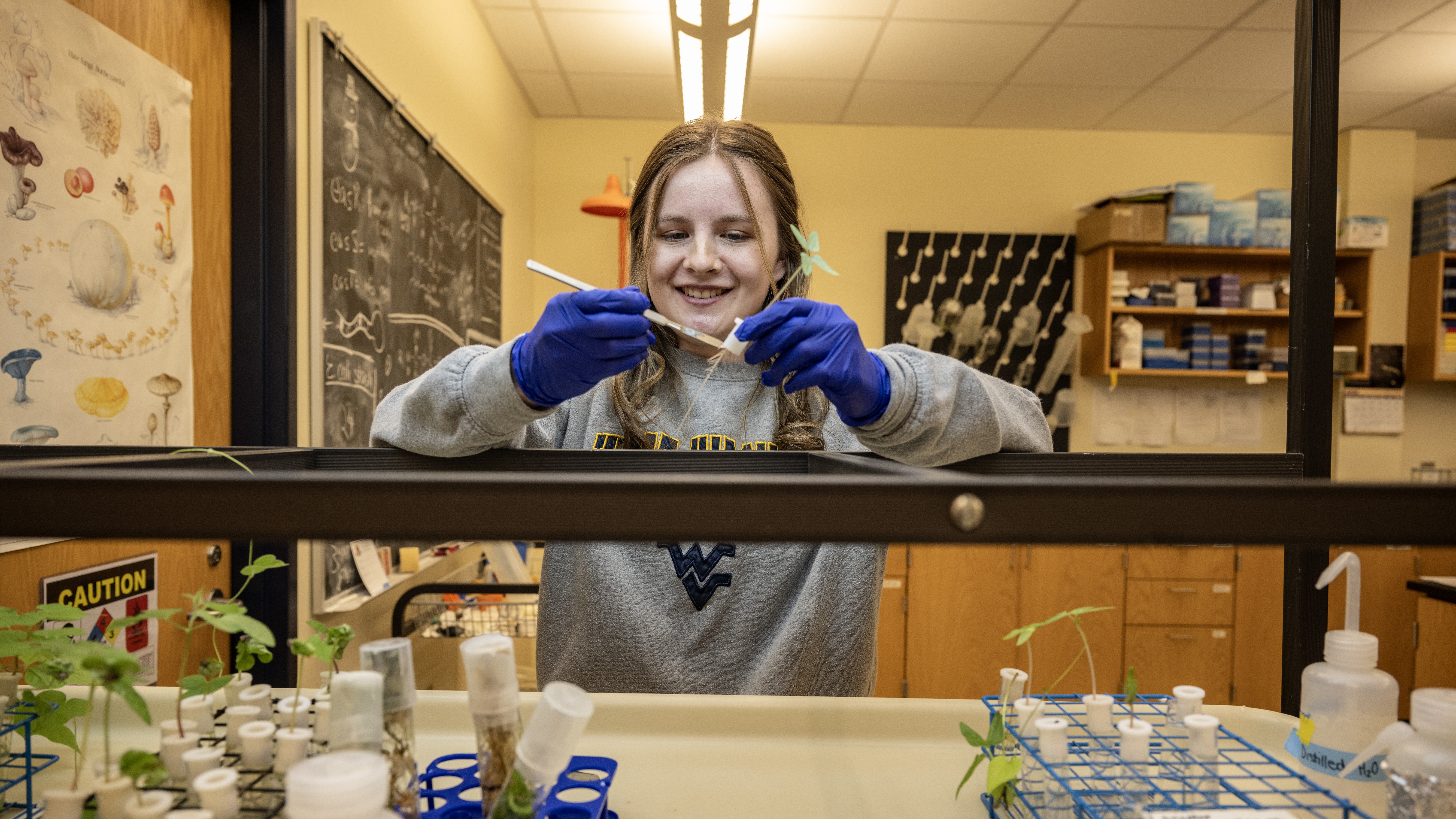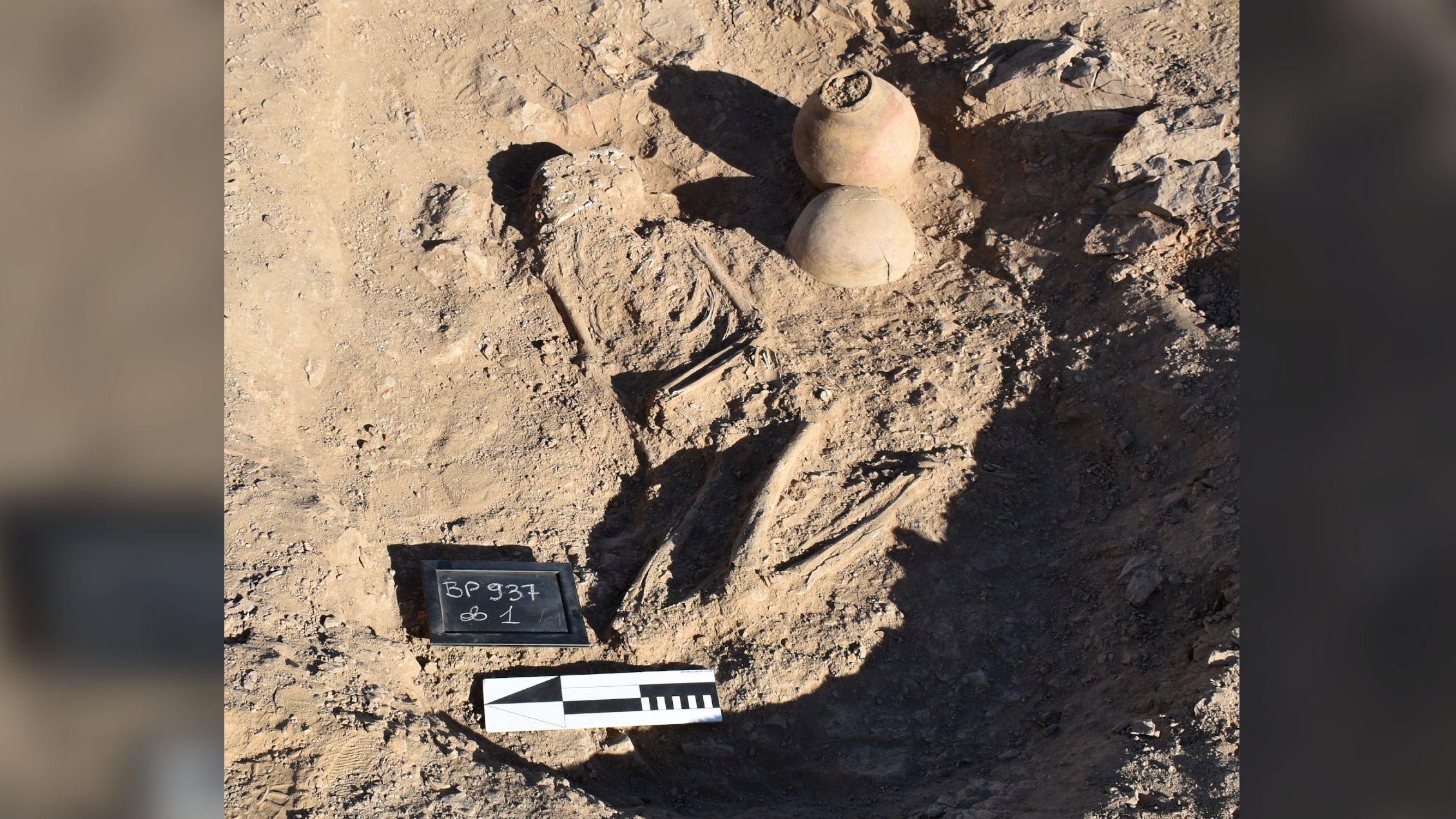College student discovers psychedelic fungus that eluded LSD inventor
A West Virginia University student has identified an elusive fungus that contains psychedelic chemicals similar to LSD.

A university student has discovered an elusive fungus that produces chemicals with similar effects to the psychedelic drug LSD.
Corinne Hazel, an environmental microbiology major at West Virginia University in Morgantown, spotted the fungus growing on morning glories. These flowering plants belong to a large family with many species, and Hazel specifically found the fungus in a variety of Mexican morning glory called "Heavenly Blue." The fungus also grows on varieties called "Pearly Gates" and "Flying Saucers," according to a recent study published April 22 in the journal Mycologia.
Morning glories were already known to contain a class of chemicals called ergot alkaloids. These chemicals, made exclusively by fungi, are the same class that the Swiss chemist Albert Hofmann used to create LSD in the 1930s. Hofmann worked with the fungus Claviceps purpurea, commonly found on rye, to synthesize LSD; he came to suspect that Mexican morning glories must have a similar chemical-producing fungus after learning that the plants were used for their hallucinogenic properties. However, that fungus has remained elusive — until now.
Hazel made the discovery while searching for the long-hypothesized fungus with Daniel Panaccione, a plant and soil sciences professor at West Virginia University. She is now investigating the best ways to grow the fungus, which the team thinks may have medicinal value.
"I'm lucky to have stumbled into this opportunity," Hazel said in a statement. "People have been looking for this fungus for years, and one day, I look in the right place, and there it is."
Related: Scientists show how LSD blows open the doors of perception
Indigenous Mesoamerican cultures were the first to recognize that Ipomoea tricolor — commonly called Mexican morning glory or just morning glory — has psychoactive properties. Knowing of I. tricolor's cultural significance, Hofmann identified the chemicals responsible. The chemicals he found were previously only known to come from fungi, but his attempts to observe a fungus on the plant were unsuccessful, according to the study authors.
Get the world’s most fascinating discoveries delivered straight to your inbox.
Researchers have since identified two separate fungi that make ergot alkaloids on two other morning glory species, and they've found additional, molecular evidence for the presence of ergot alkaloid-producing fungi on I. tricolor. However, the identity of the fungus itself remained a mystery.
Now, with the new study, the elusive I. tricolor-associated fungus has finally been identified. Hazel spotted evidence of the fungus on the plant's seeds.
"We had a ton of plants lying around and they had these tiny little seed coats," Hazel said. "We noticed a little bit of fuzz in the seed coat. That was our fungus."
Hazel and Panaccione collected a DNA sample from the fungus and sent it away for sequencing. The sequencing revealed that the fungus was related to the fungi previously found on the two other morning glories. Hazel and Panaccione named the new species Periglandula clandestina, with the species name referencing the hidden, or clandestine, nature of the fungus.
P. clandestina is very efficient at producing large amounts of ergot alkaloids, the researchers found. The toxic nature of these chemicals likely helps protect the plant from being eaten, so it's thought to be a symbiotic relationship.
However, ergot alkaloids are a problem in agriculture, as they contaminate food humans eat and grasses used to nourish livestock, therefore posing a threat to humans and the animals people eat. C. purpurea, the fungi used to invent LSD, would contaminate grain and poison those who consumed it, triggering an illness called "ergotism" that involved gangrene, convulsions, double vision, and of course, hallucinations.
That said, ergot alkaloids can also be used in medicines to treat conditions like migraines. The newly discovered fungus could therefore have a role in medicine and agriculture, the study authors propose.
"Many things are toxic," Panaccione said. "But if you administer them in the right dosage or modify them, they can be useful pharmaceuticals. By studying them, we may be able to figure out ways to bypass the side effects. These are big issues for medicine and agriculture."
Hofmann was pursuing the medicinal properties of fungus when he first synthesized LSD. He only discovered LSD's powerful psychoactive effects when he accidentally got a drop of it on his skin — and then deliberately ingested more a few days later.
This article is for informational purposes only and is not meant to offer medical advice.

Patrick Pester is the trending news writer at Live Science. His work has appeared on other science websites, such as BBC Science Focus and Scientific American. Patrick retrained as a journalist after spending his early career working in zoos and wildlife conservation. He was awarded the Master's Excellence Scholarship to study at Cardiff University where he completed a master's degree in international journalism. He also has a second master's degree in biodiversity, evolution and conservation in action from Middlesex University London. When he isn't writing news, Patrick investigates the sale of human remains.
You must confirm your public display name before commenting
Please logout and then login again, you will then be prompted to enter your display name.
